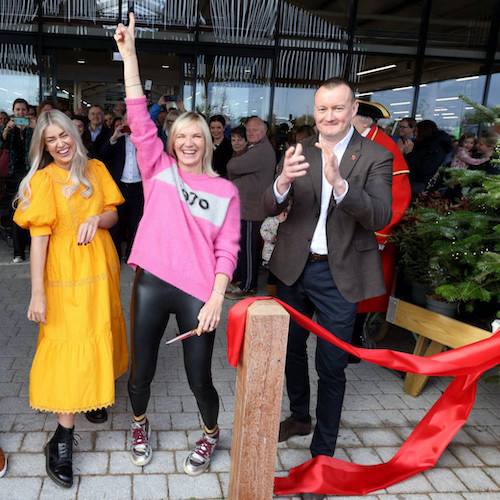Iain Hamilton, James Mace and Claire Marsom consider artificial intelligence pros and cons
Artificial intelligence (AI) is the subject of much debate generally and particularly in the greetings industry where the lack of laws governing its usage is throwing up worries as well as opportunities.
To address this industry-wide concern, PG has been hearing from real voices around the greeting card industry on the art versus AI debate. Here Bewilderbeest’s Iain Hamilton, James Mace from The Art File, and Hallmark’s Claire Marsom give their views…
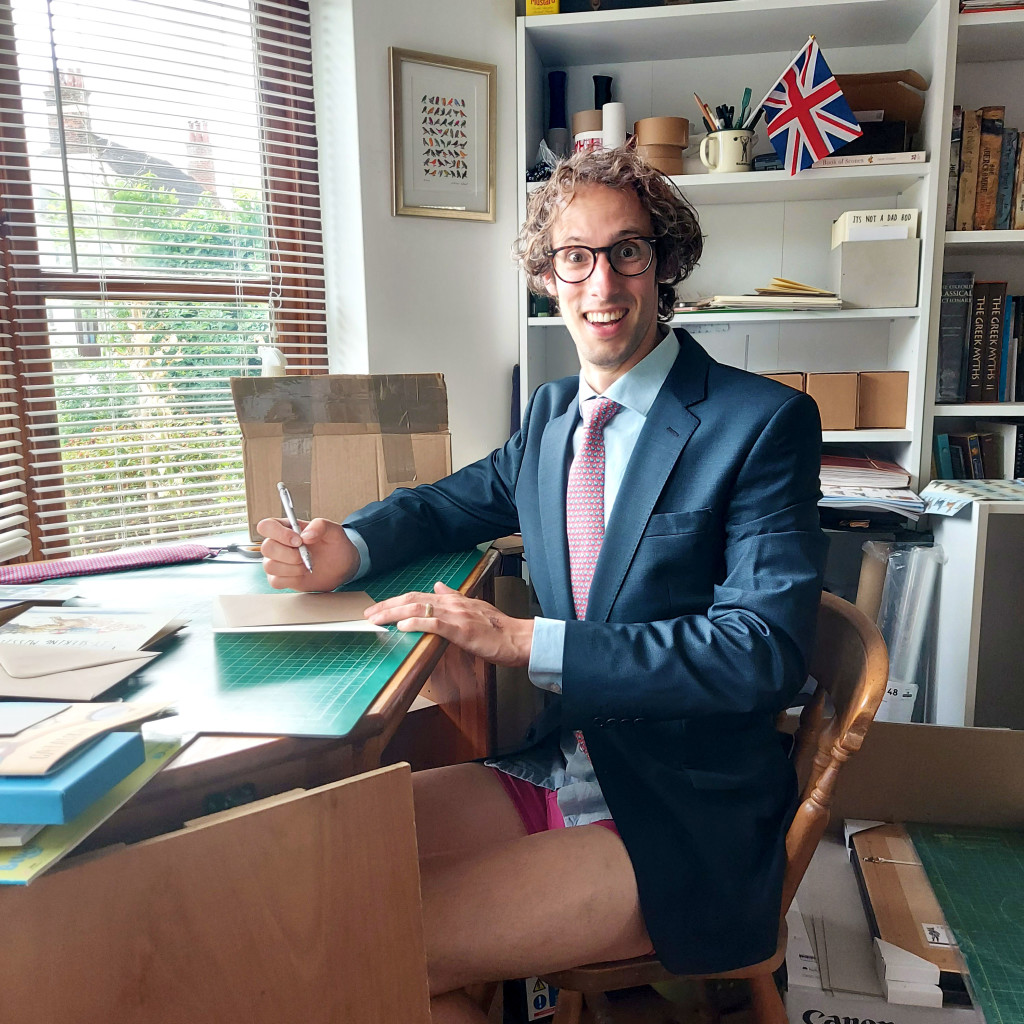
Iain Hamilton, owner and artist of Bewilderbeest
“I’m concerned that, while the AI image generation is not perfect yet, it will be very soon given how fast the technology is developing, so the ability to create high-quality images from a few prompts, in seconds, is worrying for the greeting card industry.
“However, I don’t foresee we’ll all be signing on at the job centre anytime soon! You still have to have a good and original idea in the first place which, believe it or not, does take practice. Also, an understanding of what works on a card and what doesn’t, both in terms of design and content.
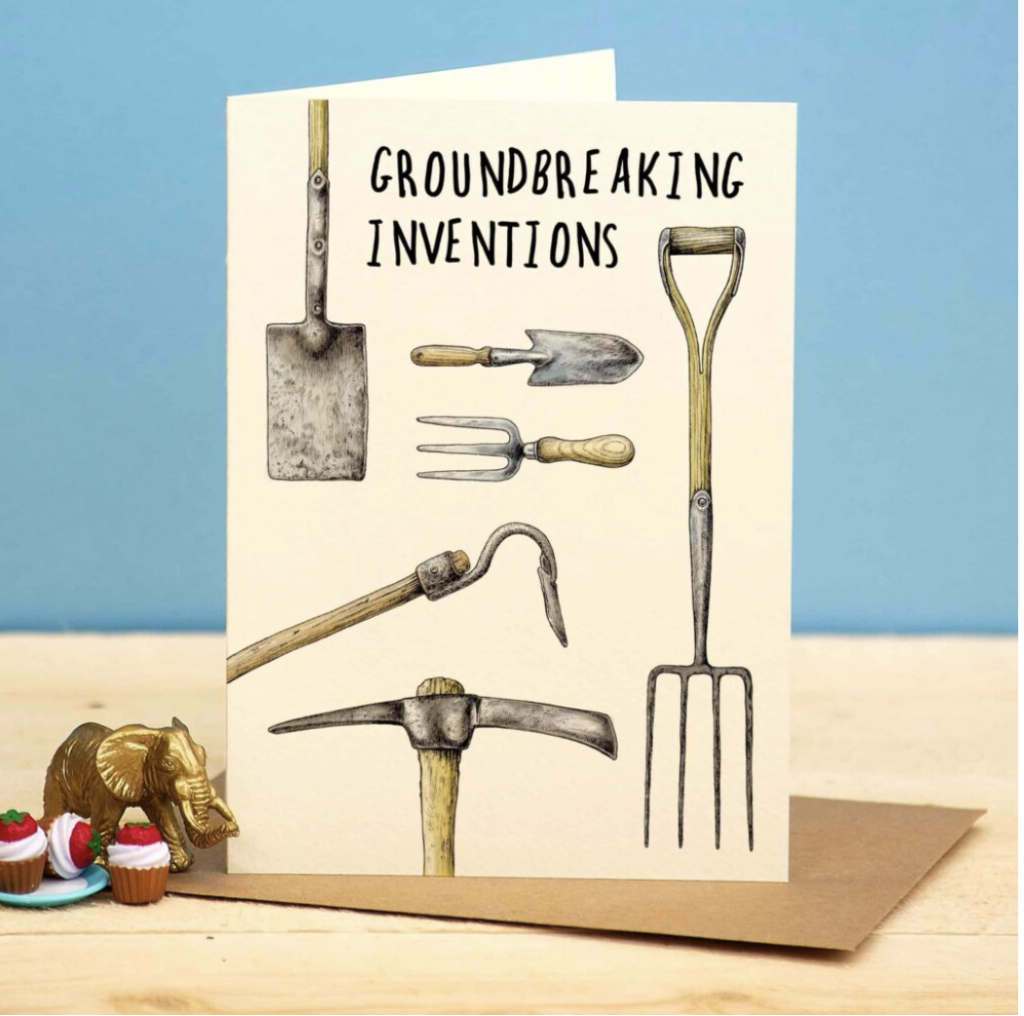
“AI development is not going away, so it’s best to try to focus on coming up with original ideas that AI, by its very nature, can’t manage – worst case scenario, your future robot overlords will hopefully keep you around because you make them laugh!”
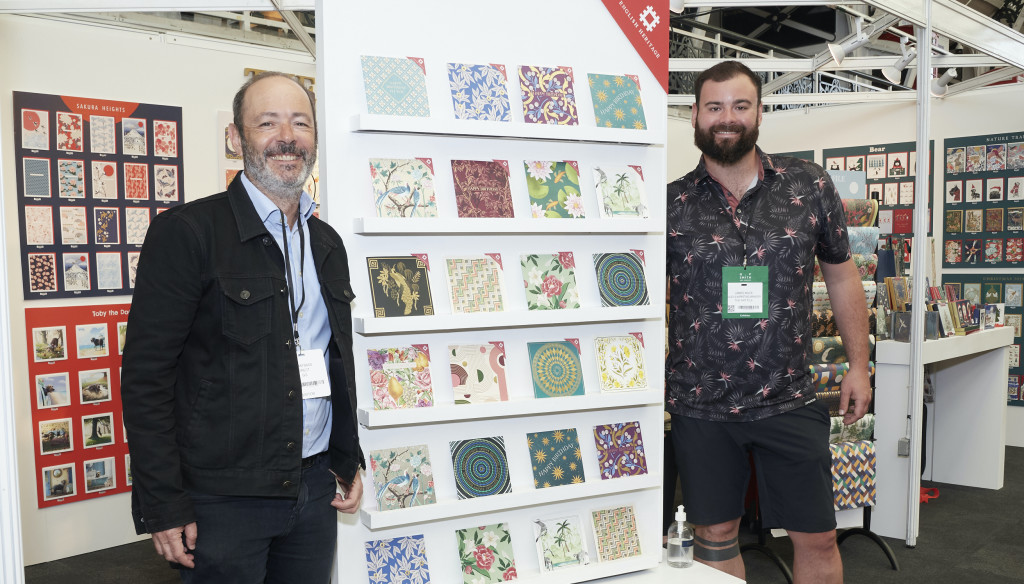
James Mace, sales and marketing manager at The Art File
“The advancement of AI technology over the past five years has been extremely exciting – but also mildly terrifying at the same time.
“However. the thought of, essentially, having access to a supercomputer in your pocket can greatly increase efficiency and delivery of projects, scenarios and information gathering for both personal and business purposes.
“Recently I’ve been making use of AI technology for long terms and conditions documents, contracts, instruction manuals, Land Registry and that sort of thing. You simply input the document and ask the AI to analyse and summarise this into a 2,000-word synopsis – saving me hours of reading, while still getting all of the important information I require. It’s extremely handy, indeed!
“I suppose the question most people in greeting cards, myself included, are asking is: “How is AI going to affect the creative industries?”
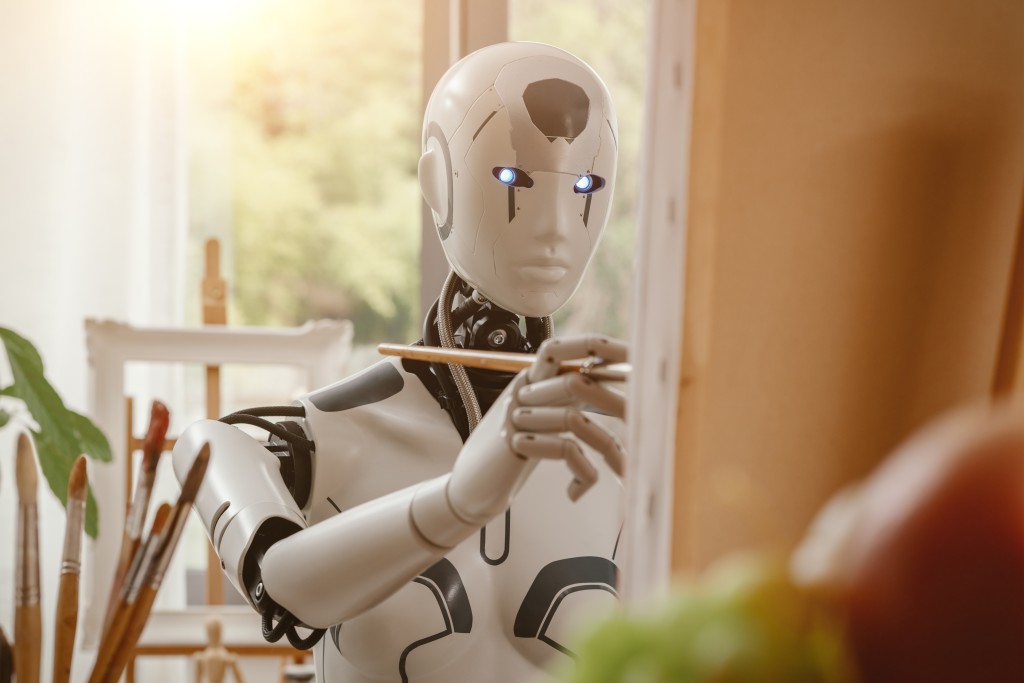
“After quite a bit of research and testing, I’m pleased to say that, in my opinion, AI will not overtake or replace the human creative skillset because it features a lot of key aspects with two major ones that AI – for the time being anyway – just can’t replicate. These are having actual feelings, which are a building block of all creative fields, and originality.
“AI will always have to look at previous data in order to process the task it’s given, meaning that nothing original and unique can be created from it which, of course, is extremely important in our sector.
“AI is a computer programme that will complete any task you give it, in the most efficient and statistically positive way, which is great for data-based, research and information-gathering tasks, but not for the artistic or creative side.
“The unique talents of artists, designers, illustrators, musicians and other creative professionals will be safeguarded and superior, at least for now.
“Mind you, with the UN creating an AI technology think tank earlier this year, along with all major governments investing in the tech, the other question I have is, how will other powers use it?”

Claire Marsom, head of creative for Hallmark
“It’s hard to escape the impact of AI right now, particularly in the creative industry. Generative AI is a type of artificial intelligence technology that can produce various types of content including text, imagery, audio and synthetic data. The tech isn’t brand-new though – it was first introduced in the 1960s in chatbots.
“Now in 2023, the open source and user-friendly nature of AI programmes such as Dall E, Midjouney and ChatGPT make AI an exciting – and sometimes slightly scary! – venture as we all look at how it could help us do things differently and more efficiently.
“At Hallmark, we’re always keen to explore new ways of working, AI included. We’re starting to use and research ways in which AI could be a useful tool for all our teams across the business, including how it could support our brilliant creative team by generating inspiration for mood boards, trend research and writing prompts.
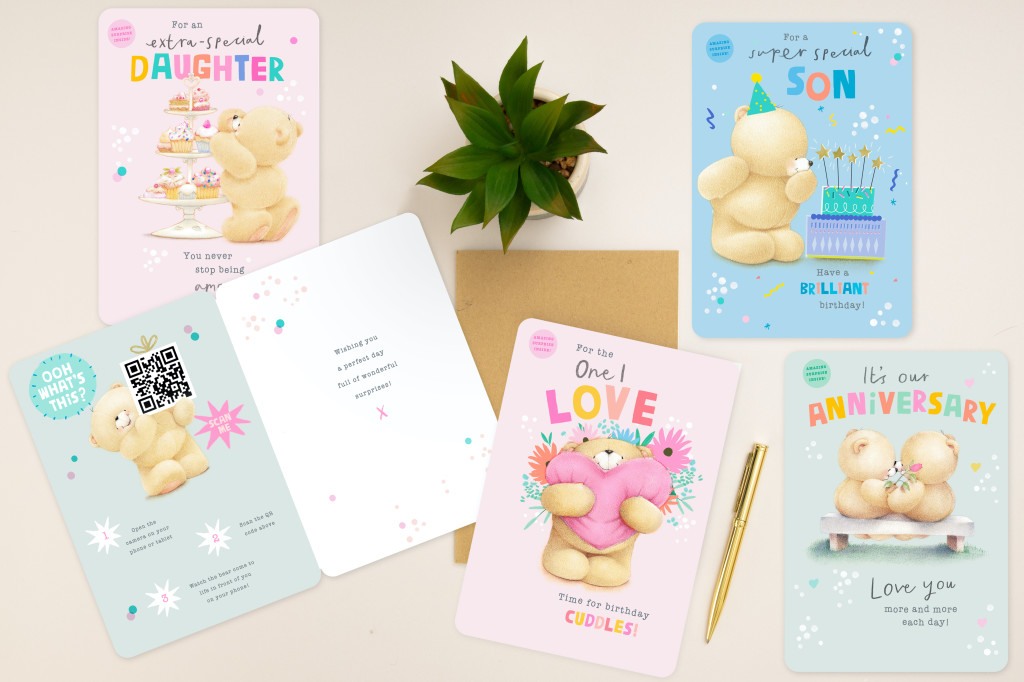
“By minimising these types of tasks, and other repetitive or admin-based work with AI, our creative team could focus on the more complex and imaginative aspects of their work. They’d have more time for creativity and exploration to continue our aim of creating meaningful products for the consumer.
“While AI is a fantastic resource, we continue to be extremely mindful of privacy and ownership. We have a strict policy to not share any confidential information with AI tools – and we take our intellectual property very seriously, so AI is no exception.
“AI is everyone’s favourite new toy so is here to stay, and we believe its impact and use will grow. However, we also believe future generations will continue to seek out handcrafted and human-made art and writing too – just look at the continued rise of craft fairs with Gen Z for example!
“AI has the potential to bring exciting opportunities to the greeting card industry, yet we’ll always remember that we are people creating products for people, and that’s what connects us as human beings.”
These views also appeared in the July edition of Progressive Greetings magazine which can be read online here, or you can subscribe here to receive the magazine by post each month.














